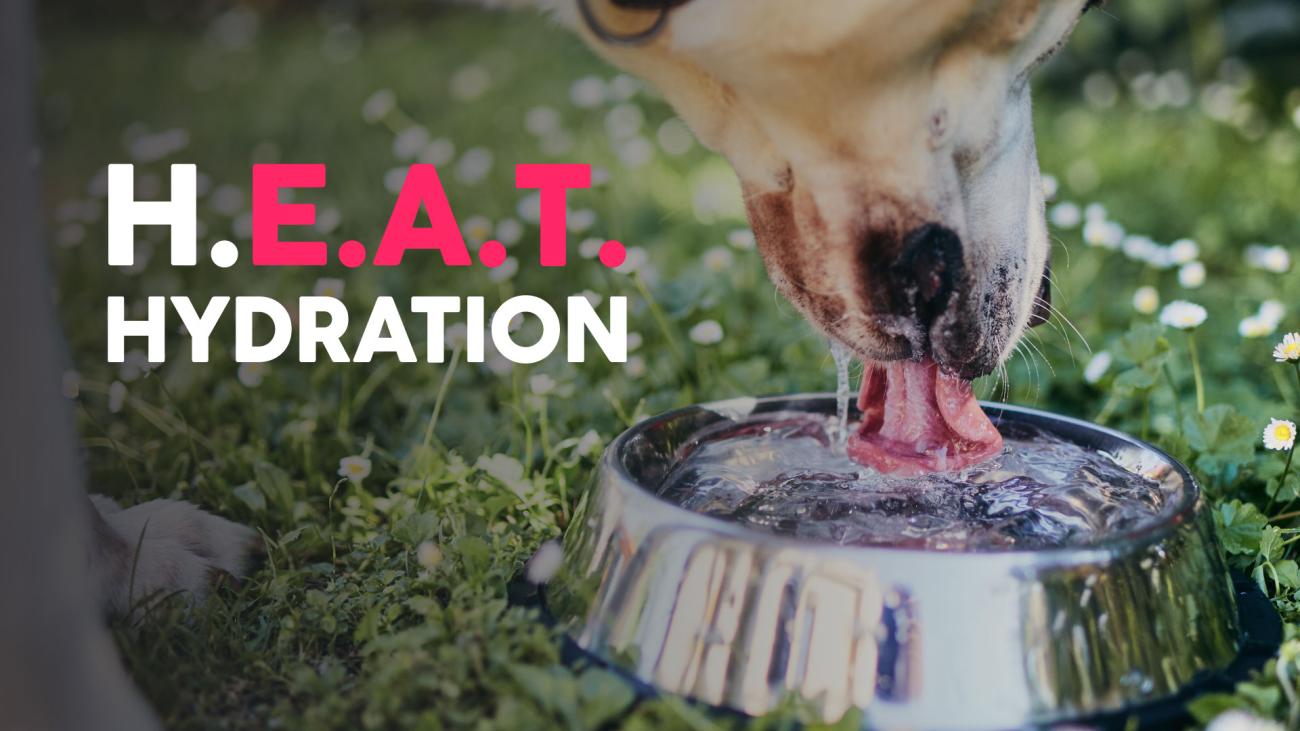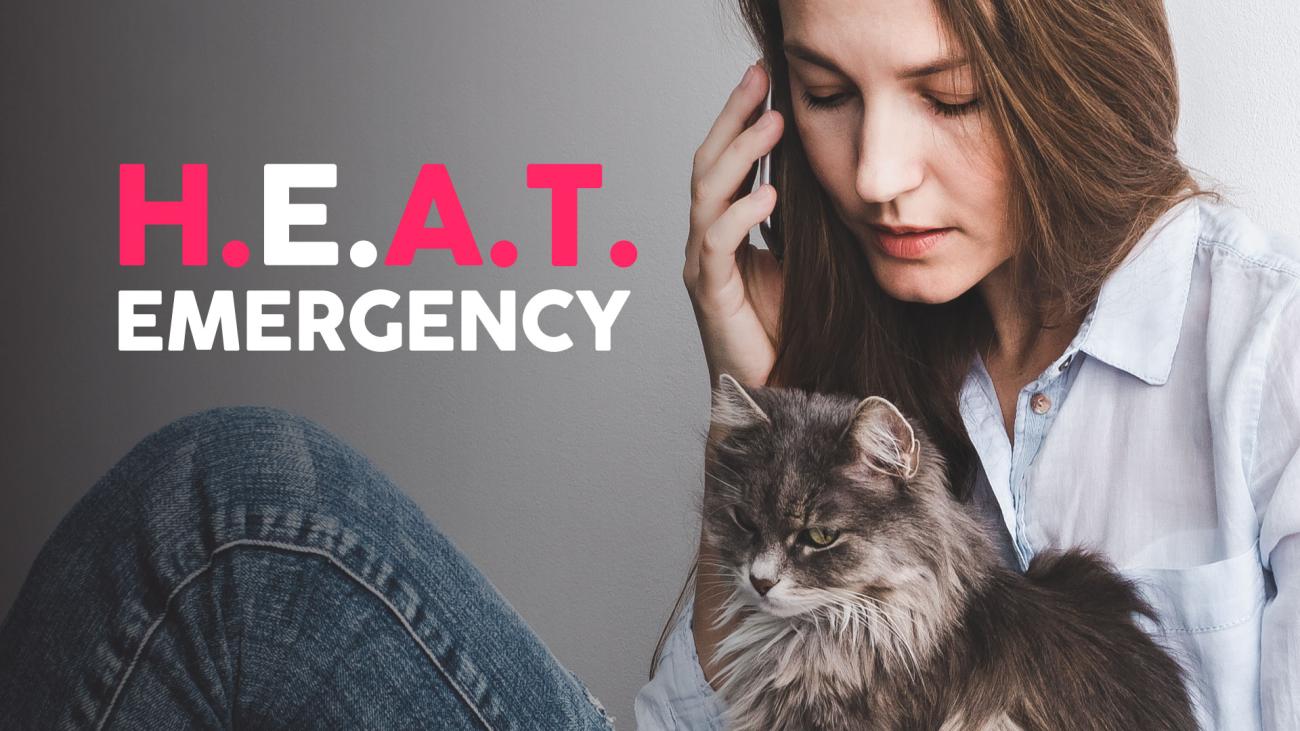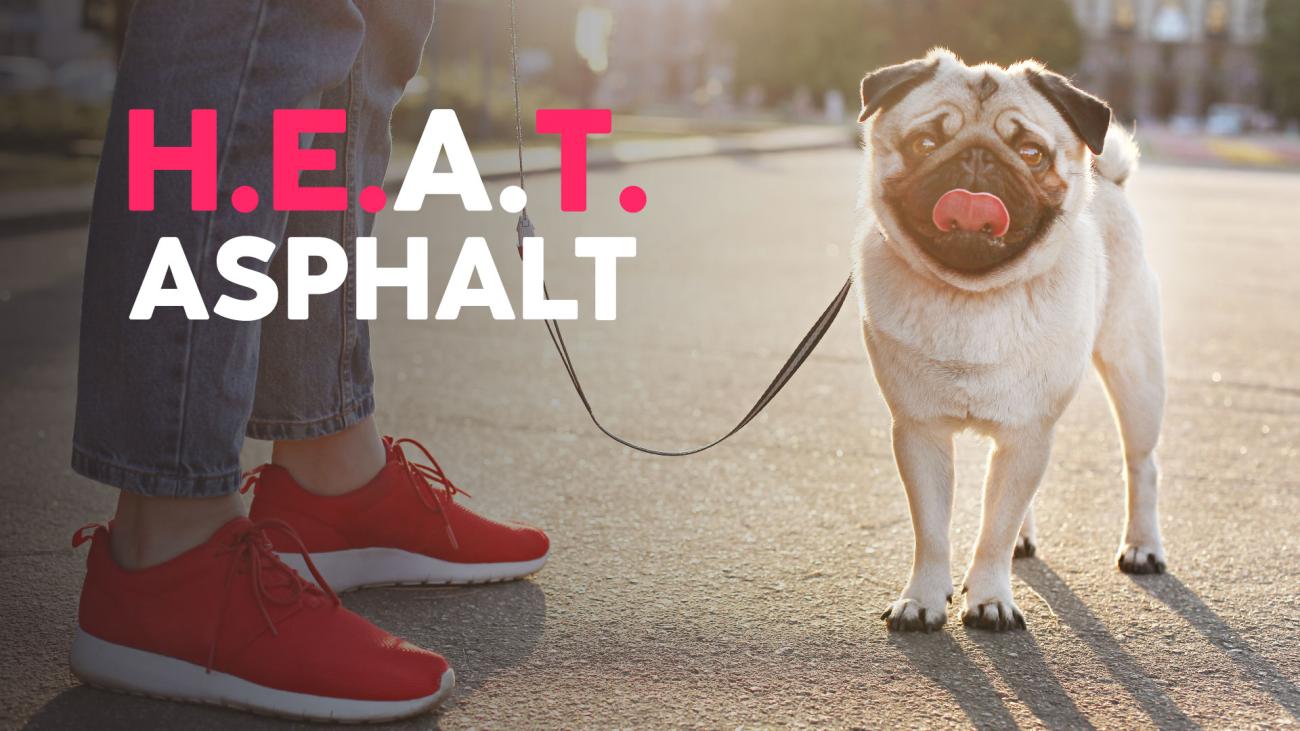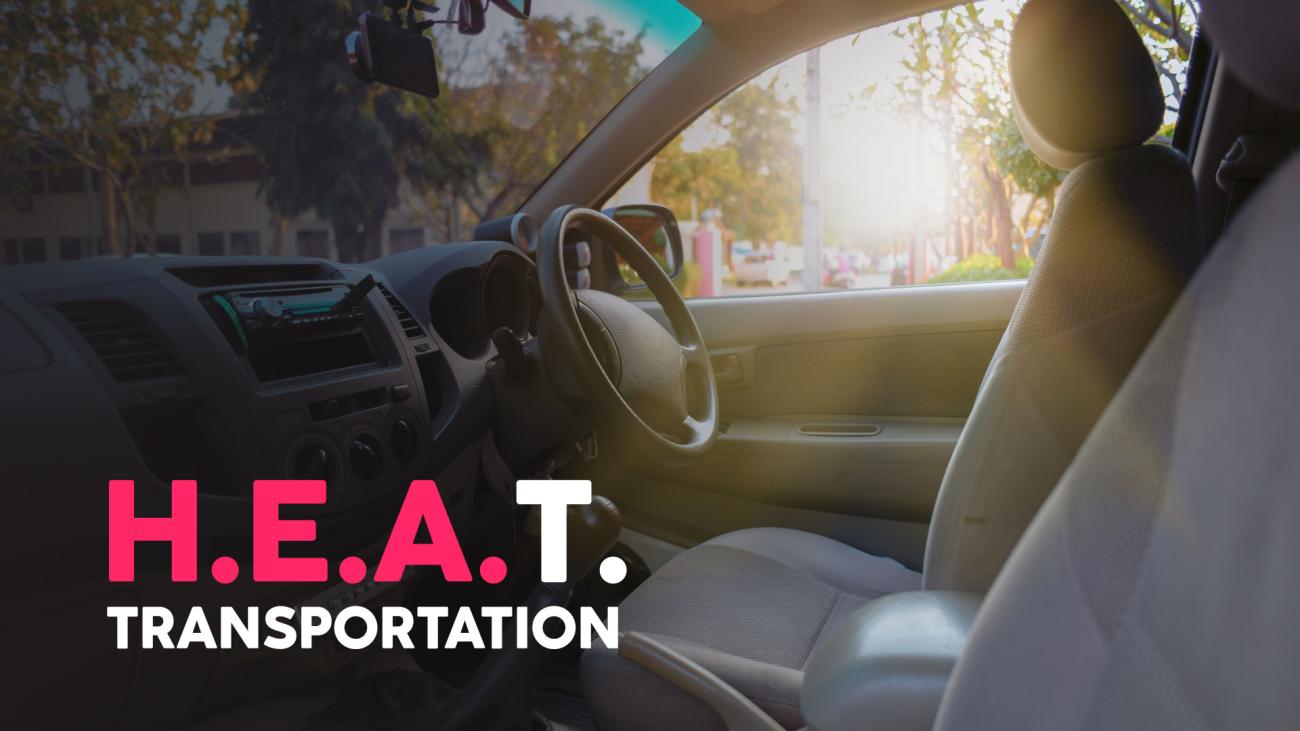Summer is definitely upon us, and in North Carolina that means heat and humidity! It also means that we have to take extra care to make sure our furry friends are safe in the summer heat. Here are some key points to Keep Pets Safe in the H.E.A.T.:
H is for Hydration

Always have cool, fresh water available for pets – throw in some ice! If your pet stays outside, they must be provided with access to shade and fresh water. Make sure that your pet can't dump over their water during the day when you're not home to refill it. Secure water bowls so that they can't be tipped over. Keep water bowls in shaded areas so that the water stays as cool as possible. You can even put ice cubes in the water bowls to help keep the water cool.
E is for Emergency

Heatstroke in pets IS an emergency – know the signs and keep a list of emergency pet clinics.
If you take your dog out, make sure that you know the signs of heatstroke. This is a life threatening condition that requires IMMEDIATE veterinary care (you may not see all of these symptoms – you should contact your veterinarian immediately if you think your pet is suffering from heatstroke):
- excessive panting
- dark or bright red tongue and gums
- seizures
- bloody diarrhea or vomiting
- drooling
- mild weakness, stumbling, stupor or collapse
Animals with flat faces (such as pugs, bulldogs and Persian kitties) are more susceptible to heat stroke since they can't pant as effectively due to their short noses. You should also be more concerned with elderly pets, overweight pet and pets with heart or lung diseases.
A is for Asphalt

The sidewalks/streets are lava! Hot asphalt can burn sensitive paw pads! Think about when you step outside in your bare feet and have to hop quickly off your patio or deck to the grass because the ground is too hot. That is how it feels to your dog. Take the test – if the ground is too hot for you to walk barefoot, then it is too hot for your dog!
- Exercise pets during the cooler hours of the day. This means early morning or late evenings. Pets still need to exercise; however, we want to make sure that they are doing it safely. Walking your dog in the early morning or later evening hours will make it a much more pleasant experience for everyone!
- Make sure they have protection from the sun. If your dog or cat spends time outdoors, make sure that they have a cool place to lie that is protected from the sun. Pets can be susceptible to sunburn in their lighter-colored areas, such as their bellies or around their noses. If you choose to use sunscreen on your pet, make sure that it is made for pets. Ingredients in human sunscreen, such as zinc oxide, can be toxic to dogs if ingested!
- Who doesn't love a nice cool treat in the summer? A great way to provide cooling enrichment to your dog is to provide cool treats such as kongs that have been frozen with peanut butter and dog biscuits in them! It will give your dog an activity that is enriching and cooling!
- Don't shave your dog – the layers of dogs' coats protect them from overheating and sunburn! Many people think that their dogs will be cooler if they shave them – not always true. You can trim their hair coat, but you should not shave them down.
T is for Transportation

Never leave your pet in the car! Cars can get up to 120 degrees in minutes! We cannot stress this enough! Pets can, and have, died when left in hot cars. It can be 70 degrees outside, and the inside of your car will heat to over 90 degrees in about 10 minutes! It is never safe to leave your pet in a car in the summer. If they can't go into the stores with you, then they are best to be left at home.
